Endangered species in India: India is a land known for its incredible biodiversity, is home to some of the most fascinating creatures on Earth. From the mighty Bengal tiger prowling through dense jungles to the graceful Great Indian Bustard gliding across dry grasslands, the country shelters a huge variety of wildlife. But sadly, many of these species are now on the edge of extinction.
Human interference, poaching, deforestation, pollution, and climate change have pushed several animals and birds into the ‘Endangered’ category under the IUCN Red List.
List of Endangered Species in India
Let’s have a look at some of the most endangered species in India:
Check out: List of Top 7 Animals that Live at the Highest Altitude on Earth: Ranked
| Sr. No. | Species | Scientific Name |
| 1. | Bengal Tiger | Panthera tigris tigris |
| 2. | Asian Elephant | Elephas maximus indicus |
| 3. | Lion-Tailed Macaque | Macaca silenus |
| 4. | Indian Rhinoceros | Rhinoceros unicornis |
| 5. | Gharial | Gavialis gangeticus |
| 6. | Great Indian Bustard | Ardeotis nigriceps |
| 7. | Gangetic River Dolphin | Platanista gangetica |
| 8. | Himalayan Brown Bear | Ursus arctos isabellinus |
| 9. | Snow Leopard | Panthera uncia |
| 10. | King Cobra | Ophiophagus hannah |
1. Bengal Tiger
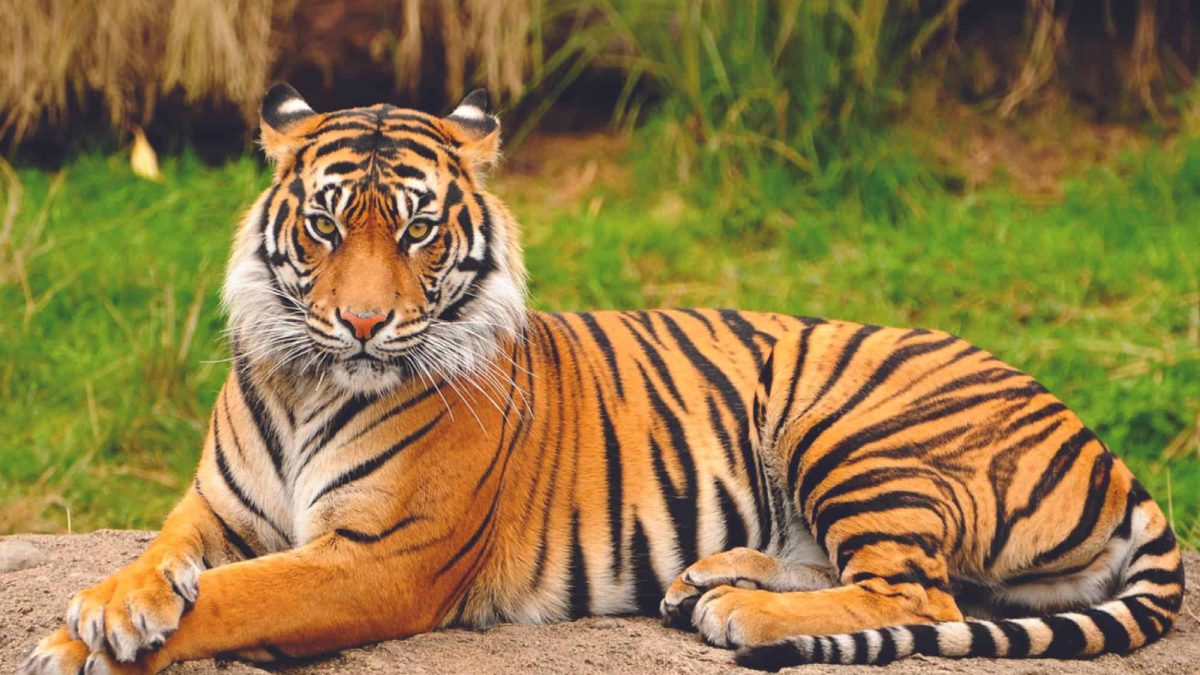
The Bengal Tiger, easily recognized as India's national animal, is a majestic cat that primarily lives in fragmented habitats across India, including the Sundarbans mangroves, and forests in Madhya Pradesh, Assam, and Uttarakhand. Classified as Endangered, its numbers have been severely cut down by the destruction of its forest home and poaching- the illegal killing for body parts like skin and bones, which are valued in traditional medicine and illegal trade. Although the species remains at risk, dedicated conservation efforts like Project Tiger have been instrumental in stabilizing and encouraging a notable recovery in the wild population.
2. Asian Elephant
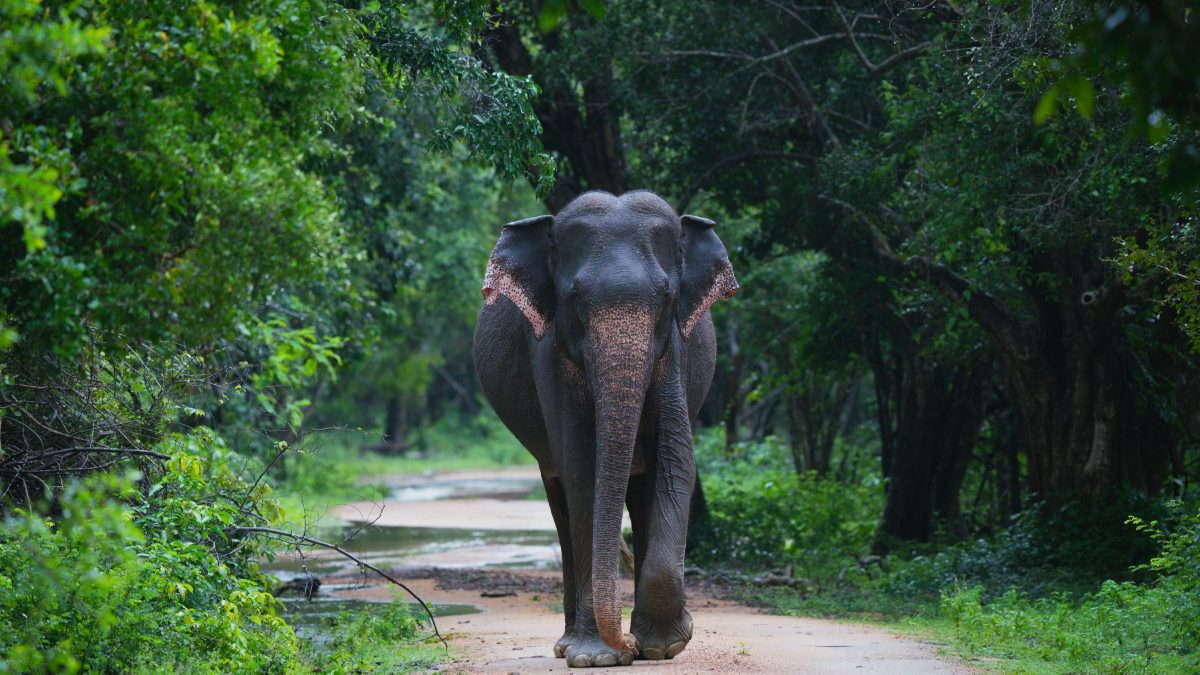
The Asian Elephant, celebrated for its deep intelligence and complex emotions, is an Endangered animal found in the forests of India, primarily in Assam, Kerala, Karnataka, and Odisha. The primary threats to its survival stem from habitat fragmentation and intensifying human-elephant conflicts . As a result of widespread deforestation and urban expansion, these majestic animals find their crucial, traditional migration routes blocked, leading to dangerous confrontations with people and making conservation efforts vital for their future.
3. Lion-Tailed Macaque
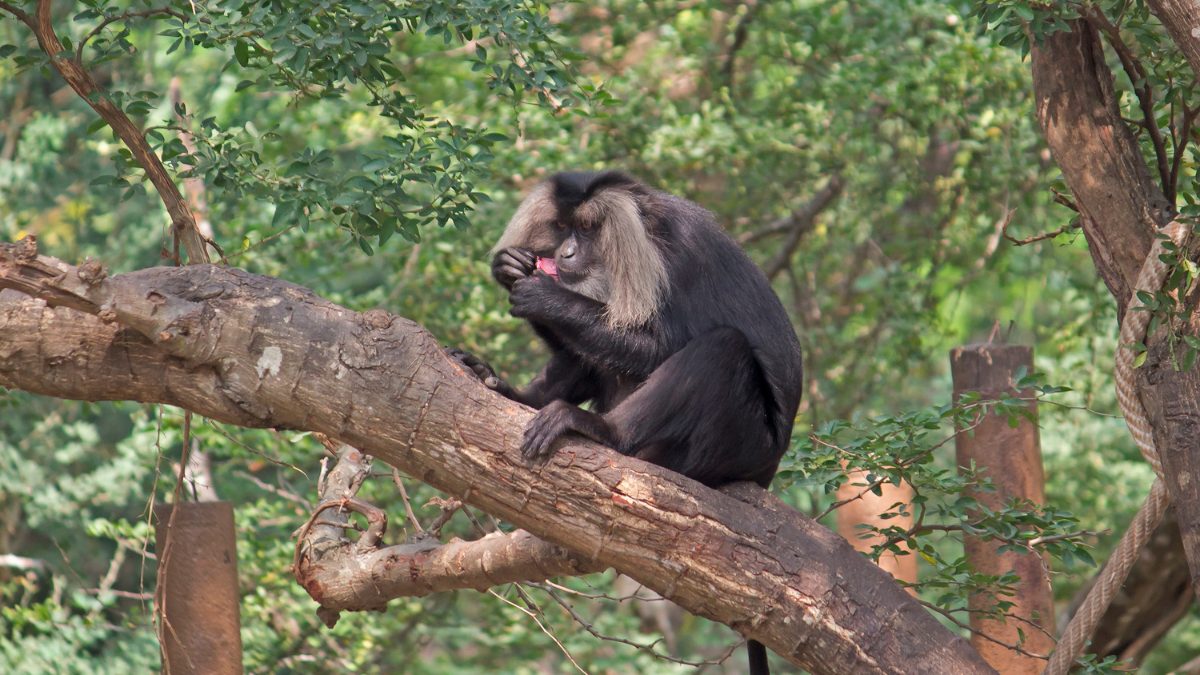
The Lion-tailed Macaque is an Endangered primate found exclusively in the tropical rainforests of the Western Ghats of India. Easily identified by its distinct black fur and a striking silver-white mane that encircles its face, it is one of the world's rarest monkeys. This species is highly arboreal, meaning it spends most of its life in the forest canopy , but their survival is critically threatened because logging and aggressive agricultural expansion have severely fragmented and destroyed their specialized treetop habitat.
4. Indian Rhinoceros
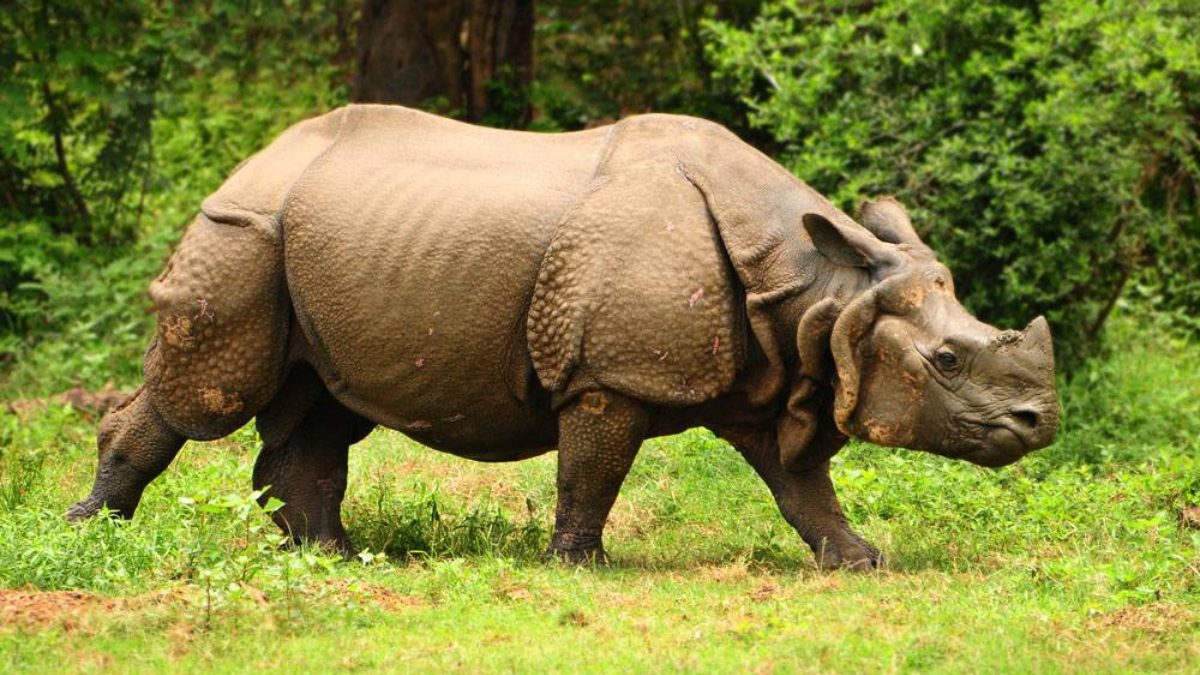
The Great Indian One-Horned Rhinoceros, listed as Vulnerable, represents one of Asia's most significant conservation success stories, having rebounded dramatically from near-extinction in the early 20th century. This thick-skinned giant primarily inhabits protected areas in India like Kaziranga National Park in Assam, where strict, often armed, anti-poaching efforts and dedicated protection by authorities have allowed its population to grow to over 4,000 individuals . Despite this recovery, the species remains under threat from persistent illegal hunting for its horn and from natural calamities like the severe annual floods of the Brahmaputra River, which frequently displace or drown the rhinos.
5. Gharial
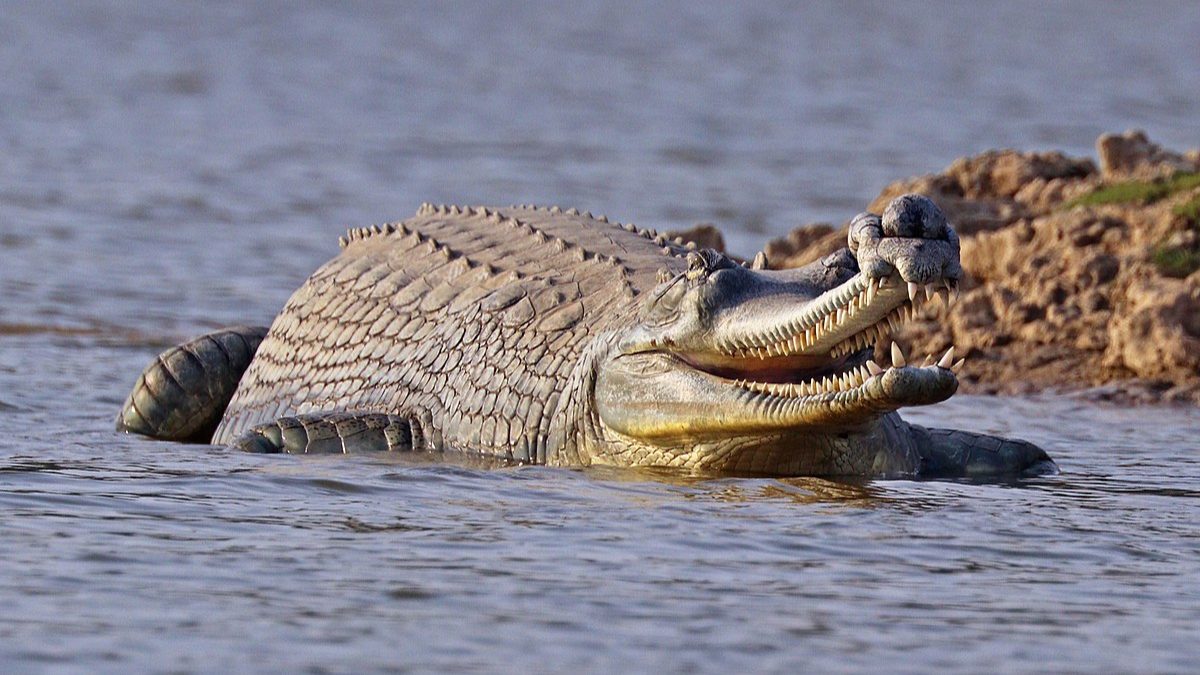
The Gharial, an ancient and unique crocodile species recognized by its long, thin, fish-catching snout , is currently classified as Critically Endangered, surviving only in a few fragmented river systems of northern India like the Chambal, Ganga, and Son. Its population has plummeted because its specialized freshwater habitat is being ruined by rampant river sand mining, which destroys the essential sandy banks it needs for nesting, while severe water pollution and illegal fishing, where they frequently drown after getting tangled in nets continue to severely threaten the remaining few hundred breeding adults.
Check out:Top 10 Animals with the Largest Horns
Comments
All Comments (0)
Join the conversation